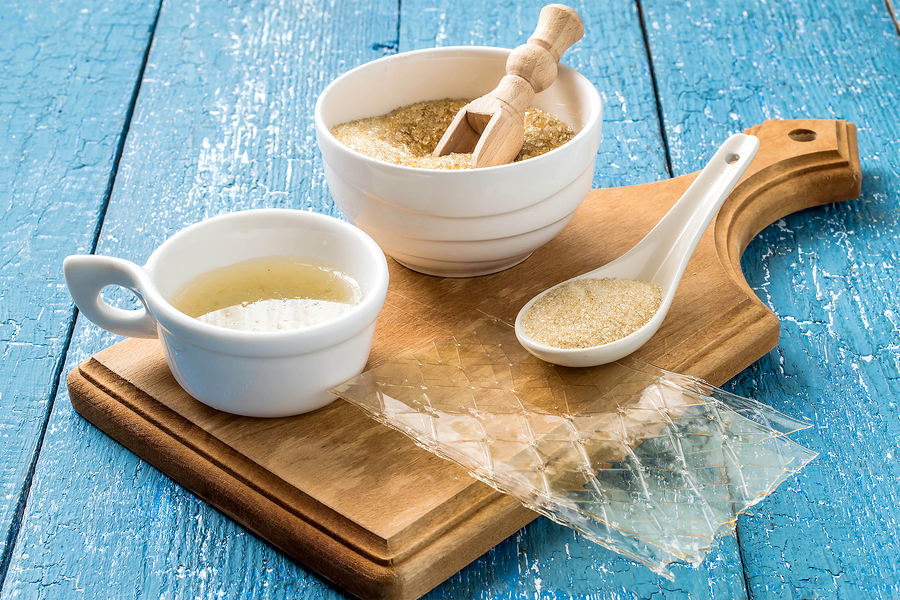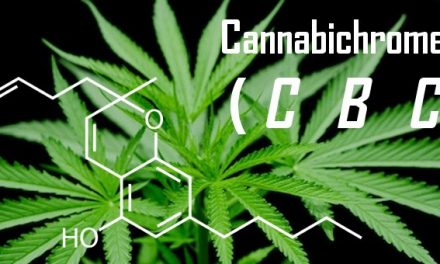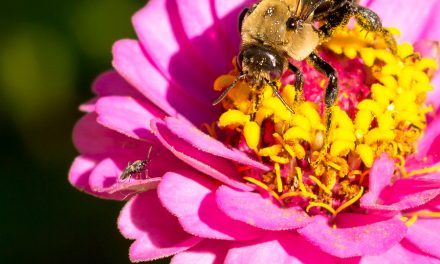If you like gummy bears and other gummy candies, you likely know that they contain gelatin. Even organic gummy bears contain gelatin. So, it isn’t necessarily gelatin that makes gummy candies bad, but the processing and additives that do.
“Gelatin – The Real Story”
Alina Kneepkens, a Belgian filmmaker, created the video posted below that follows the process – in reverse – of how gummy candies are made. The visuals may be off-putting to some people. It is important to know, however, that the right kind of gelatin products can offer incredible health benefits. But when you throw, for example, artificial colorants in a gummy candy, you’re doing far more harm than good to your body.
What is Gelatin?
If you’ve ever eaten candy or Jell-O, then you’ve probably consumed gelatin. It is produced when you hydrolyze collagen – a mixture of skin, cartilage, and bones from animals such as cattle, chicken, and pigs – using hot water and acid solutions. When the gelatin sets, it becomes a translucent, colorless, flavorless gel, like a natural glue. (Unless it’s dry, then it will be brittle.)
Health Benefits of Gelatin
When you break it down, gelatin is a combination of proteins and amino acid chains (e.g., 21% glycine and 12% proline). These two amino acids are a big part of what makes collagen, which we need to strengthen our bodies’ connective tissue, elasticity, and durability. Here are some other benefits:
- Improves your gut health and digestion
- Protects your joints and lowers joint pain
- Helps improve your sleep quality
- Lifts your mood and improves cognitive abilities
- Improves your skin’s health
- Helps maintain good heart health
- Maintains strong bones
- Help you feel full
We Need Gelatin
The reality is that many of us are gelatin-deficient because we either choose not to eat naturally gelatinous parts of the animal (such as skin, bone marrow, and tendons), or they are simply unavailable. As we grow older and suffer the pains of aging, our need for amino acids (including ones that we cannot produce naturally) may increase. Ideally, you’ll want to strengthen your bones, joints, and tendons as much as possible in your prime.
Get More Gelatin in Your Diet
Here are 3 ways to boost your gelatin intake:
- Bone Broth
It may not sound appetizing but will it ever pack your next soup with a punch – of flavor and health benefits. Our ancestors had a nose-to-tail attitude, using every part of the animal they could, even the parts that may make you cringe. Next time you purchase a whole chicken, keep the carcass and put it on a low-boil overnight and season it however you wish. Whether you choose to freeze the broth or make a soup the next day, this bone broth will help protect you against leaky gut and heal digestive tract, and more! Try this healing recipe for yourself:
- Hydrolyzed Gelatin Powder
Sometimes it’s challenging to find sources of gelatin or it’s just too time-consuming. So, here’s an alternative! Hydrolyzed gelatin powder is a quick and effective way to boost your gelatin consumption.
Dry gelatin will often come in sheets, granules, or powder that you’ll have to soak in water to use. You can mix it with several liquids, though it’s an especially good addition to soups and stews.
- Homemade Chewable Vitamins
While these are aimed more at children, there’s no reason adults can’t eat them too! If you neither drink bone broth nor use hydrolyzed gelatin powder in cooking, you may want to try making gelatin-based vitamins for a tasty and healthy boost!
Using the gelatin powder as a vitamin base allow you to reap its benefits daily, without having to make a whole meal or drink pure broth (which some people can’t do). Try making these chewable gelatin-boosting vitamins!
If it is possible, like buying butter, try to find gelatin products from animals that have been grass-fed or pasture-raised because they are generally healthier, and free of hormones and antibiotics.
*Article originally appeared at The Hearty Soul.












